
Retaking your driving test? Pass next time!
Pass With Us!
We aim to get our learners through their practical driving test first time, but sometimes we all make mistakes. If you’ve just failed your driving test don’t worry! It can make you feel like you will never pass, but you will get through it and pass with a bit of extra practice and support. The first thing to do is not give up! You’re allowed to book your next test 10 working days away from your last test (this generally works out to 2 weeks unless it’s over Christmas or Easter). As there is always great demand for driving tests you may have to wait a bit longer for your re-test.
Positive Change
So what should you do to make this new test turn out better than your last? It will help to identify what made you fail last time. Don’t beat yourself up about your mistakes, but identifying the reason for your failure will help you to avoid making the same mistake again.
Was it a problem with one of your manoeuvres? Maybe you just struggled to park, this can be easily rectified. You should ask for more practice at the manoeuvres that you find difficult, so the next time you face them in your test you’ll be able to do it without problems. Knowing you’ve got this well practiced will increase your confidence and help with the rest of the test.
Confidence
The problem could just be your driving confidence, so you need to ask for more general driving practice. If you have a parent or friend that will let you practice in their car this could be a good way to get enough practice to make you more confident next time. Maybe your problem isn’t the driving at all, it could be that you’re nervous and struggle with all exams. In this case more driving practice is still helpful, but you also need to find ways to cope with exam stress. This could be breathing techniques to keep you calm, or practicing taking the test so you have a chance to think through every part of it. Sometimes knowing that you’ve done it well before will help to keep you calm. If you feel it’s your nerves stopping you from passing talk to your driving instructor, as well as other people in your life such as your teachers, family and friends. Everyone will want to help you to overcome this hurdle, and they might have useful techniques to help. You might find a lot of people you know also struggle to pass tests, and you’re not alone. At Always Pass we’re experts in driving, and also in supporting people to learn to be great drivers and pass their test.
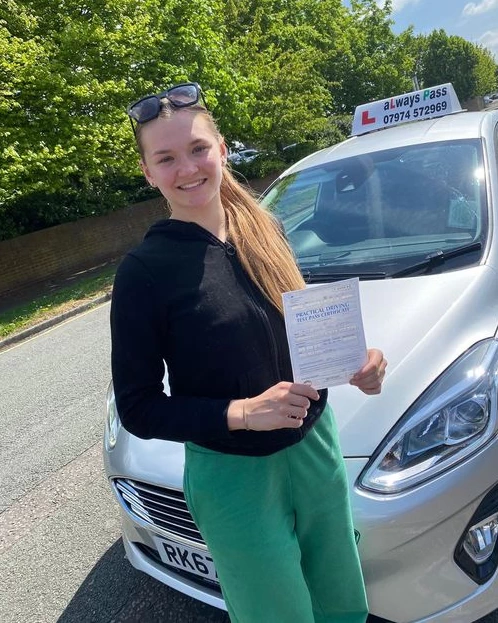

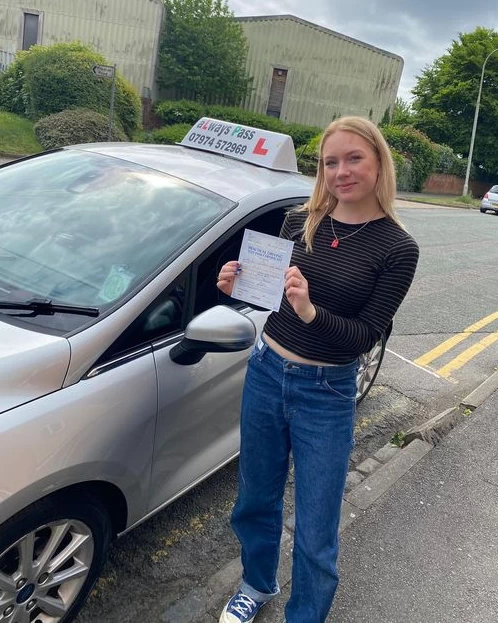
Let Us Help
If you feel you’re ready to try again, or maybe you’d like to try a new approach, get in touch and find out how we can help you pass your test.
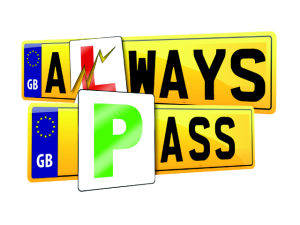


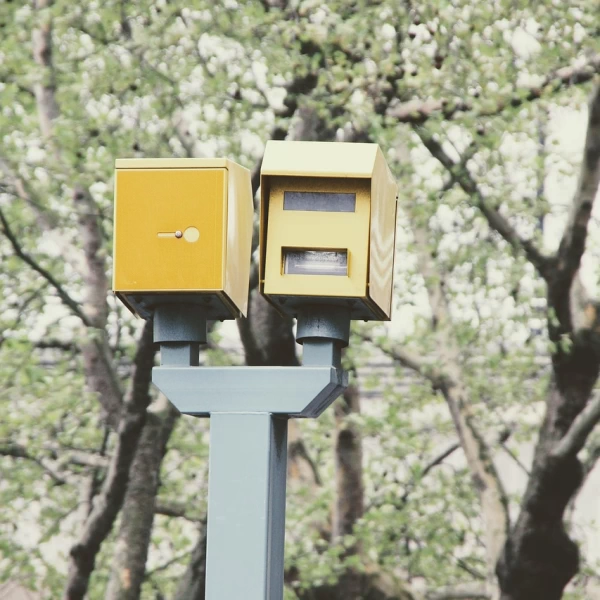
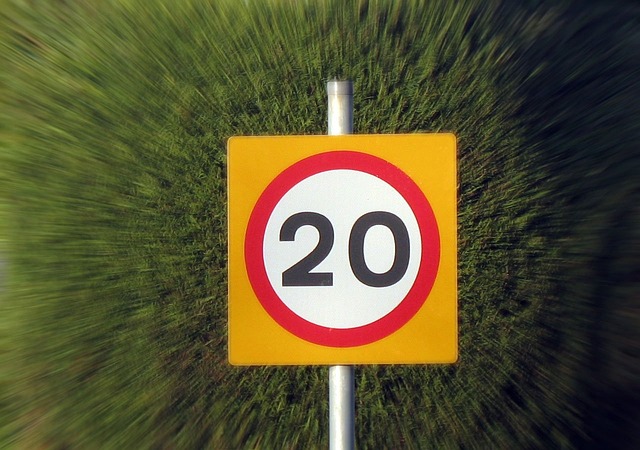
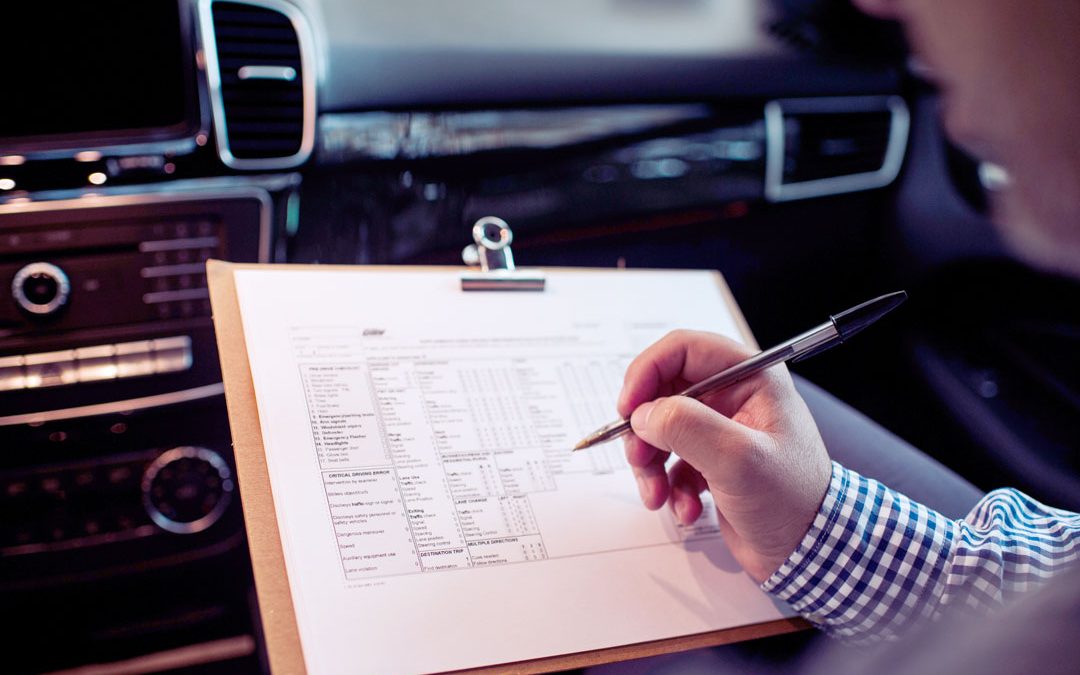
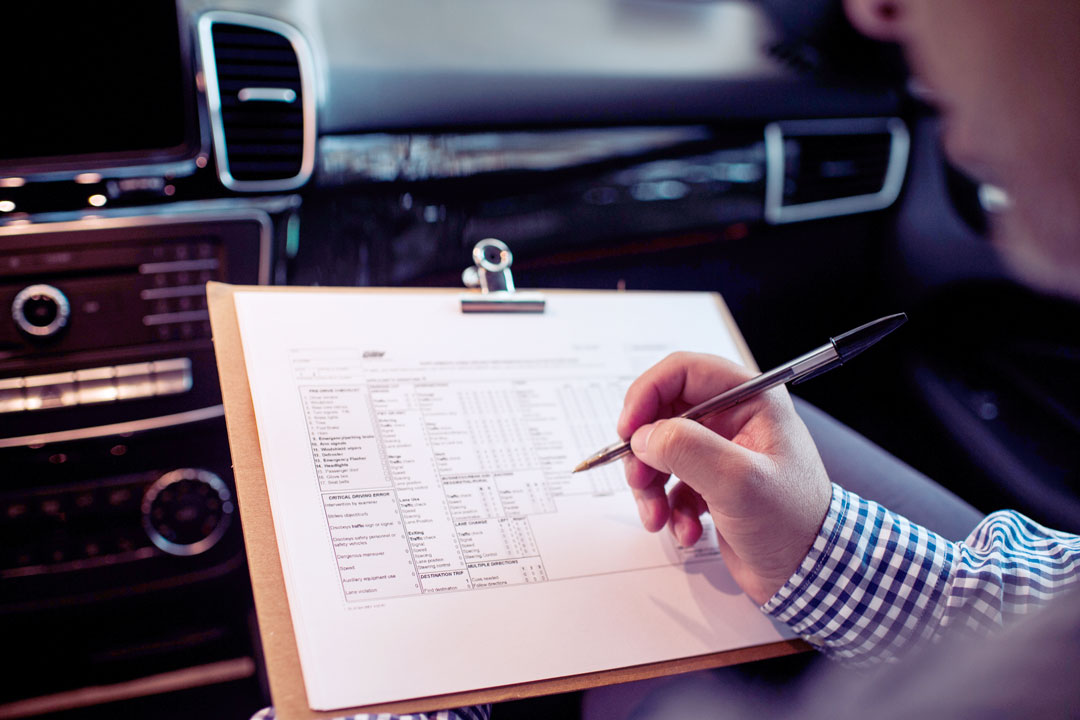

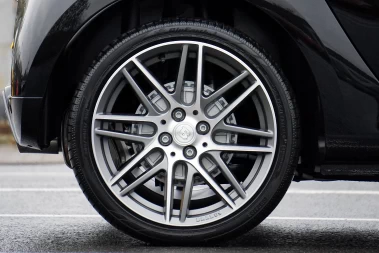

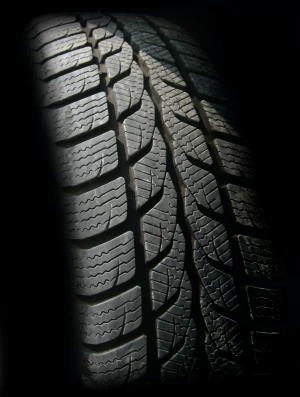
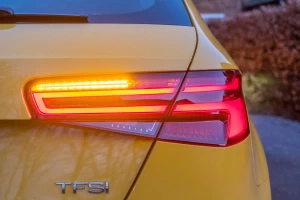
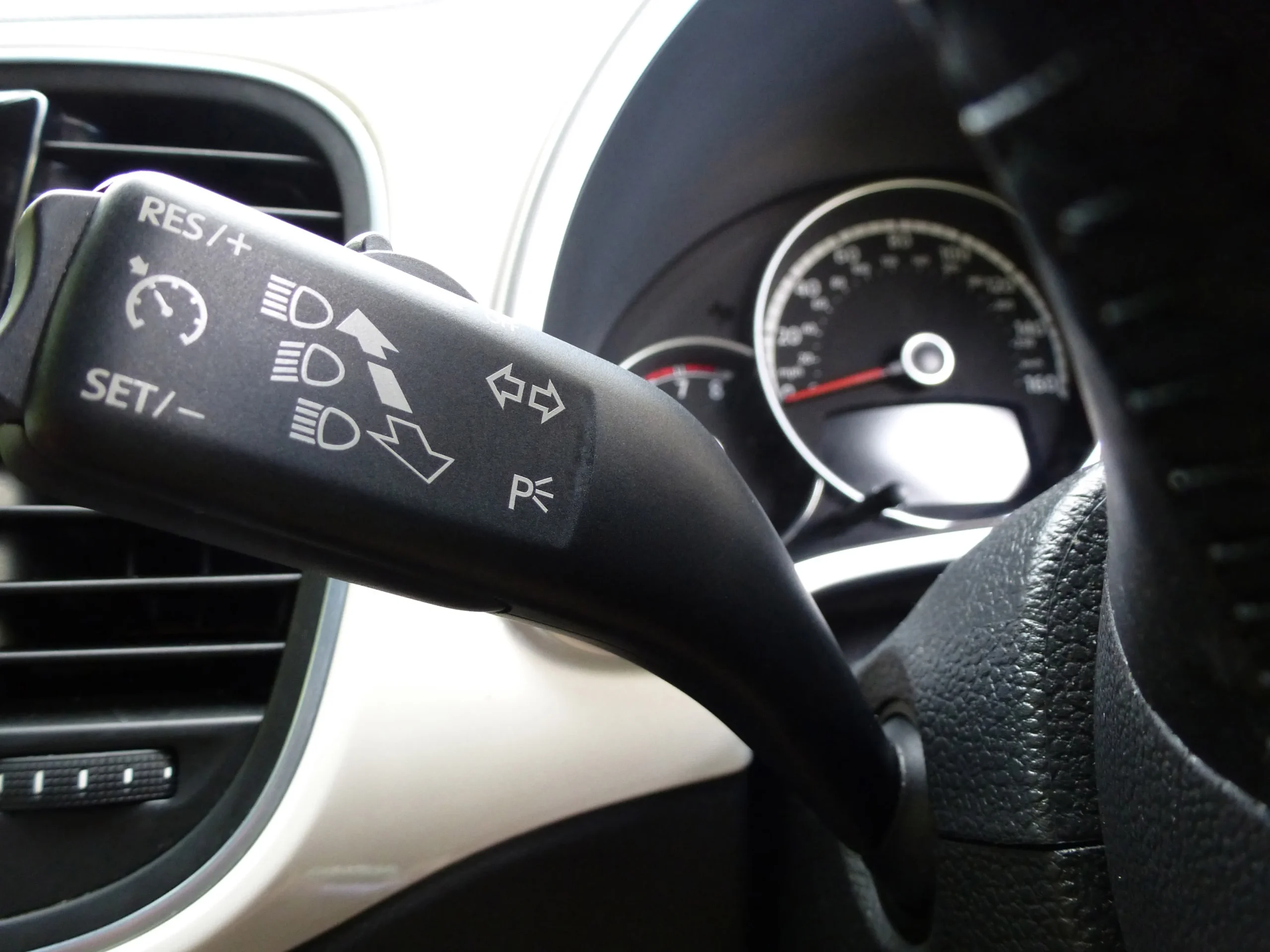
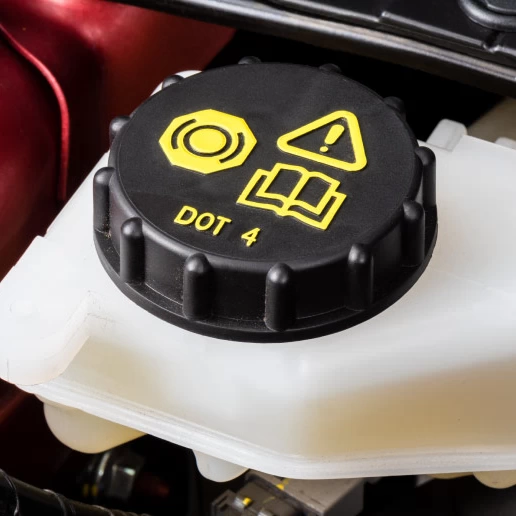

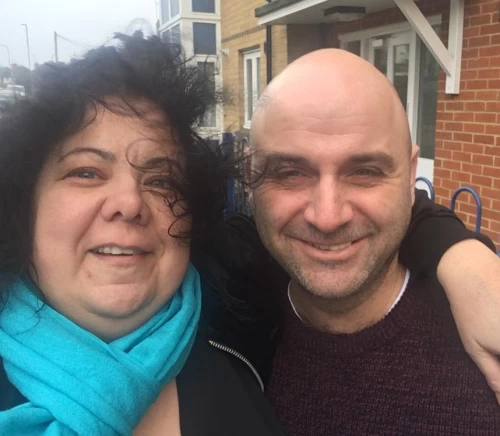
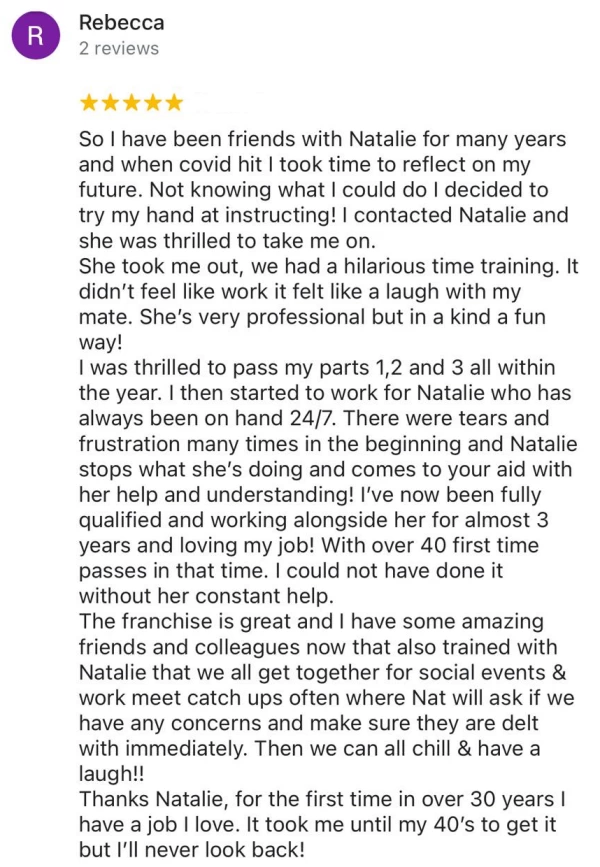

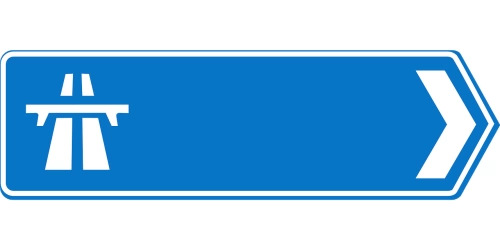
Recent Comments